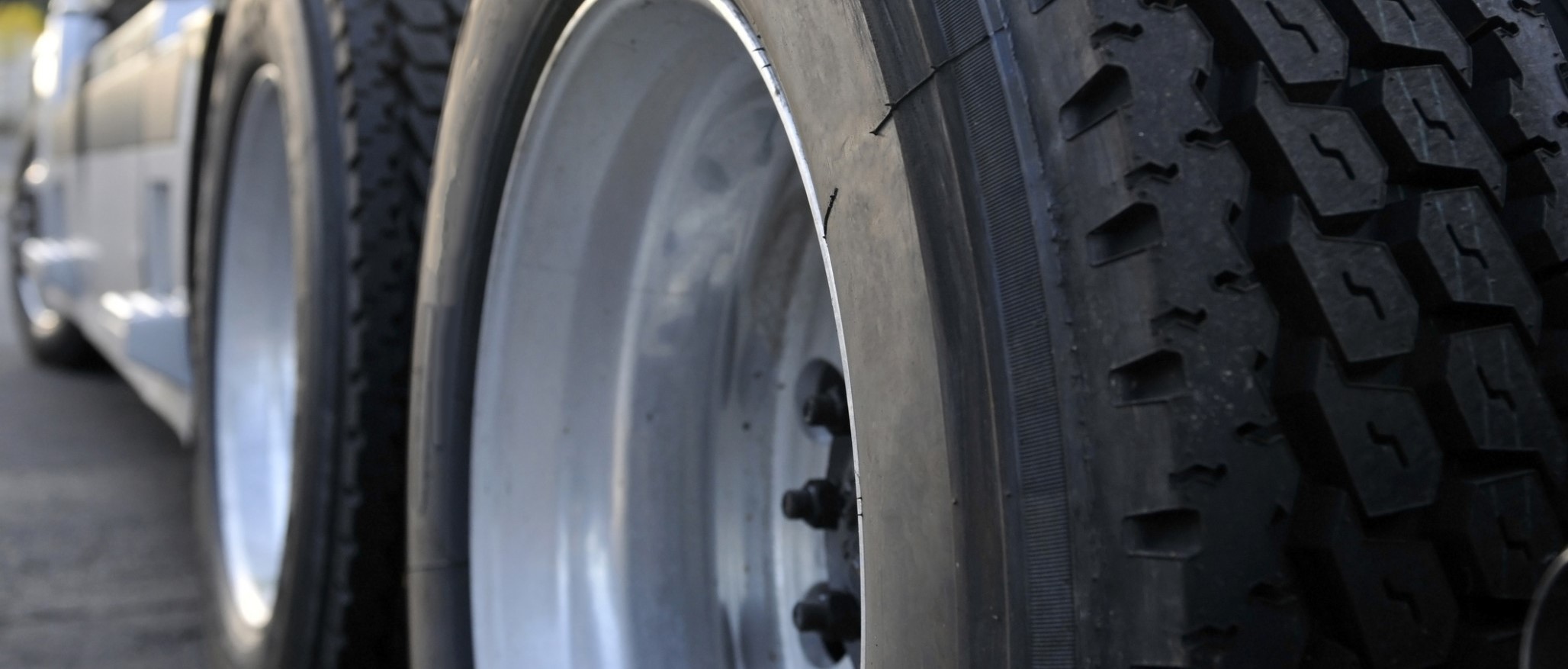Why Your RV Tires Are Important | Abilene, TX

Your RV’s tires are arguably more important than any other part. They are the only part of your RV that makes contact with the ground. As a result, they have an impact on a variety of things, like the towing balance, ride smoothness, fuel economy, and likelihood of impacts. Below, you’ll find more information about tires that every RVer should know.
Tire Pressures
It’s important that your RV’s tires are inflated to the proper pressure. Under- and over-inflated tires can both experience excessive wear, while over-inflated tires are more likely to blow out when hitting nasty potholes. Underinflated tires reduce fuel economy and are not able to sufficiently support the weight of the RV.
RV owners should check their RV’s tire pressures at least once before every trip. Investing in an accurate digital tire gauge is a good idea. Temperature and altitude can both impact tire pressure as well, so it’s important to correct for them depending on where you travel.
You should be able to find the correct inflation pressure for your RV tires on the manufacturer’s website as well as on the sidewall (see below).
Regular Air vs. Nitrogen
Some RV owners inflate their tires with nitrogen rather than regular air (which is made up of 78 percent nitrogen, 21 percent oxygen, and a small amount of water vapor, carbon dioxide, and some noble gasses).
Regular air has a few disadvantages: the water vapor can lead to corrosion on the rims and make your tires more sensitive to temperature changes. Additionally, the oxygen molecules in the air tend to gather on the inner lining, which can degrade the tire and lead to pressure loss.
Nitrogen doesn’t have the same issue as oxygen and, when used to fill a tire, eliminates almost all of the moisture inside of it. As a result, it leads to steadier, more reliable pressures over long RV trips. There is a downside, of course: it is significantly more expensive.
Weight Distribution
Each tire on your RV is rated to handle up to a certain weight. It’s important to balance your cargo inside your RV so that none of the tires exceed their capacity, which could lead to major failure while on the road. You may have to get creative to achieve this. RVs are often unevenly weighted to begin with (for example, the side with the kitchen tends to be heavier), and not all items weigh the same. Axles have a maximum eight capacity as well, so make sure you are careful to evenly distribute the weight from front to back too — not just side to side.
Tire Sidewall Information
Your RV tires’ sidewalls feature lots of critical information. It includes the size of the tire, its maximum load, construction type, manufacturing date, special warnings, and more. It’s important that you learn how to read this information so that any time you have a question about your tires, you’re able to quickly get the answer by looking at the sidewall.
The most important information you can find on the sidewall is the inflation pressure. It should show the maximum load and inflation pressure — in other words, the maximum load the tire can carry and the pressure it needs to have to do it. Keep in mind that if your RV’s weight is not at or near its GVWR, the tire does not need to be at its maximum inflation pressure. Again, see the manufacturer website for more details and recommendations.
It always pays off to take care of your RV tires. For more information about tires and all things RV, visit RVs of West Texas in Baird, Texas!





